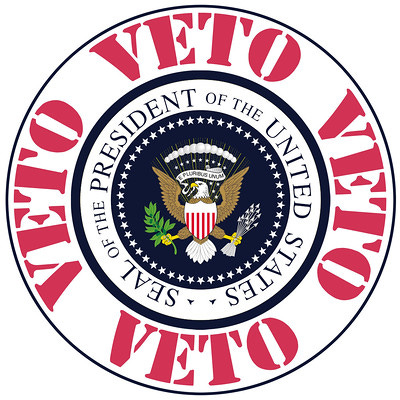#73: CIVICS 101: The Legislative Branch
Q&A #73: What courses are open to the President when a bill is presented to him?
Our American Government
Our American Government is a small book published by the House of Representatives for citizens and those who seek a greater understanding of the American interpretation of democracy. It follows a question-and-answer format and covers a broad range of topics dealing with the three branches of our Government, the electoral process, and the role of political parties.
The Savvy Citizen is reproducing the 169 questions-and-answers through a series of posts called Civics 101. Each post will contain the Q&A as well as some additional commentary to add historical context, fun facts, or anything we believe will add to our collective understanding of these topics.
Think of it as your adult Civics class but without the test!
Let’s keep at it.
SECTION: The Legislative Branch: The Congress
Congressional Rules and Procedures
Q&A #73: What courses are open to the President when a bill is presented to him?
The President has three choices:
First, to sign a bill within 10 days (Sundays excepted), whereupon it becomes a law.
Second, the President may veto the bill, i.e., return it to Congress (stating objections) without a signature of approval.
In this case, Congress may override the veto with a two-thirds vote in each House. The bill would then become a law despite the President’s veto. The House and Senate are not required to attempt veto overrides.
Third, the President may hold the bill without taking any action.
Two different developments may occur in this situation depending upon whether Congress is in session. If Congress is in session, the bill becomes law after the expiration of 10 days (excluding Sundays), even without the President’s signature. If Congress has adjourned at the end of a Congress the bill does not become law; this is called a ‘‘pocket veto’’.
My Thoughts
You can read a short summary of the veto process here.
Here’s a quick excerpt from the summary covering the Constitutional basis for the veto power:
The U.S. Constitution (Article I, Section 7) provides that, for a bill to become law, it must be approved by both houses of Congress and presented to the President for approval and signature.
Article I, Section 7 also provides the President with the power to veto, or "forbid," the bill from becoming law. The President may sign a bill into law within the 10-day period (excluding Sundays), let the bill become law without signature,2 or veto the bill.3
The Constitution states that when the President vetoes a bill, "… he shall return it, with his Objections to that House in which it shall have originated…." For example, if the President vetoes a bill that was introduced in the Senate, the bill will be returned first to the Senate where the possible override process would begin. This type of action is called a "regular" or "return" veto.
If, on the other hand, Congress has adjourned within the 10-day period after presentation of the bill to the President (thereby preventing the return of the bill to Congress), the President may refuse to sign the bill, and the bill does not become law—a practice called a "pocket" veto.4
Back next time with Q&A #74: What happens to a bill after it becomes a law?
Meanwhile, don’t forget that we’re organizing the post links on a single page available here.
xo,
Kelley for the Savvy Citizen Team
April 2, 2025




